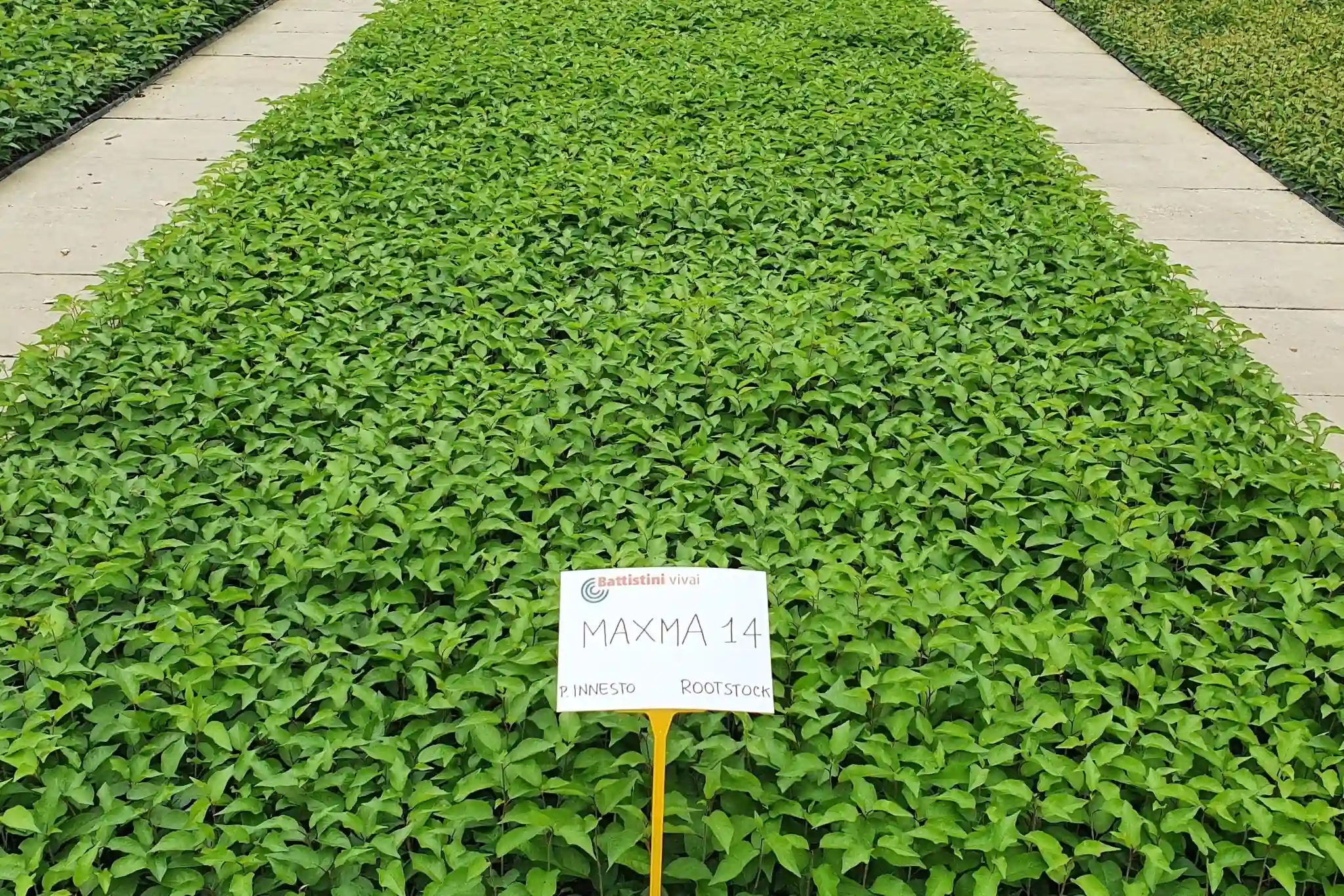The Washington Tree Fruit Research Commission has released the 2024 report on pesticide residues for sweet cherry production in the Northwest.
According to the Commission's announcement, this annual effort aims to provide the industry with guidance for pest management decisions, taking into account the maximum residue levels (MRLs) in some foreign markets.
During the 2024 cherry season, in a mature block of Skeena, the Commission's researchers applied and then analyzed 14 active ingredients commonly found in 11 insecticides and miticides and three fungicides. The main goal of the study was to replicate the “worst-case scenario” regarding residues, using aggressive doses, timings, and intervals that are legal according to product labels but may not reflect typical commercial use.
With this approach, which involved two applications of most products, all residues were compliant with national regulations. However, in some key export markets, the MRLs for certain products are set at the “limit of quantification,” which is the lowest detectable residue that can be measured, making it “virtually impossible to meet such standards” if the product is applied, according to the report.
Read the full article: Good Fruit Grower
Image: SL Fruit Service
Cherry Times - All rights reserved










